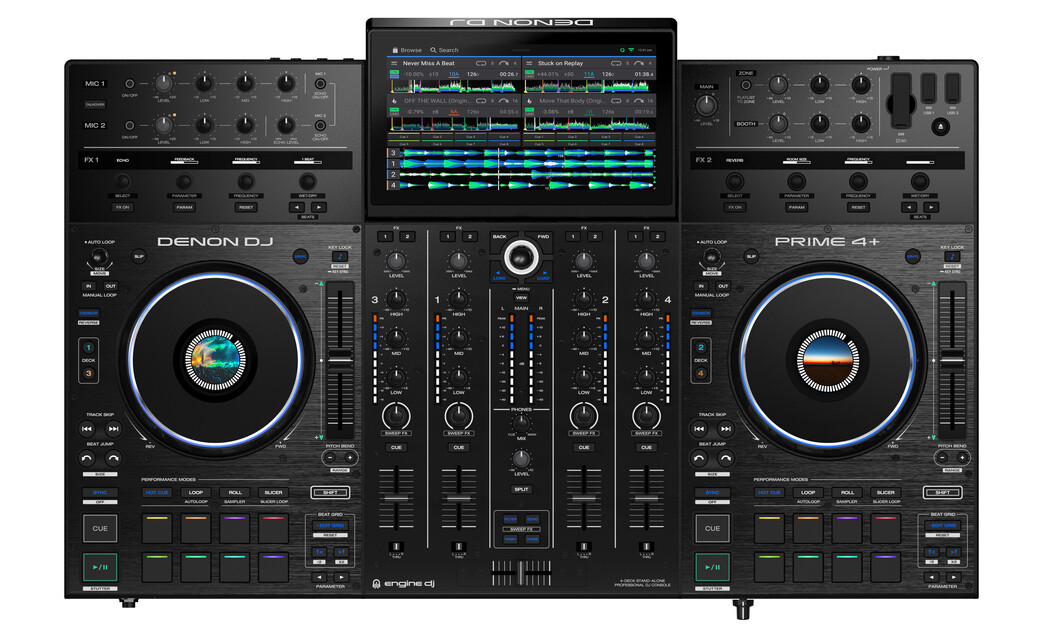The integration offers several key features:
Instant Access: DJs can seamlessly explore and play tracks from Apple Music's vast catalog directly through Engine DJ hardware.
Curated Playlists: Access to over 30,000 DJ-ready playlists designed for mixing and set-building
Advanced Track Analysis: Engine DJ automatically detects beat grids, key, and BPM, facilitating precise mixing.
Standalone Experience: DJs can perform without the need for a laptop, utilizing supported hardware for a streamlined setup.
Supported hardware for this integration includes
- Numark Mixstream Pro
Numark Mixstream Pro
- Denon DJ SC LIVE 2
Denon DJ SC LIVE 4
- Denon DJ PRIME 4+
- Denon DJ PRIME GO+
Engine DJ 4.3 is available now for free download at enginedj.com. Supported hardware users can update their devices directly via Wi-Fi or a wired connection.
This update underscores Engine DJ's commitment to innovation, offering DJs enhanced tools and resources to elevate their performances.



